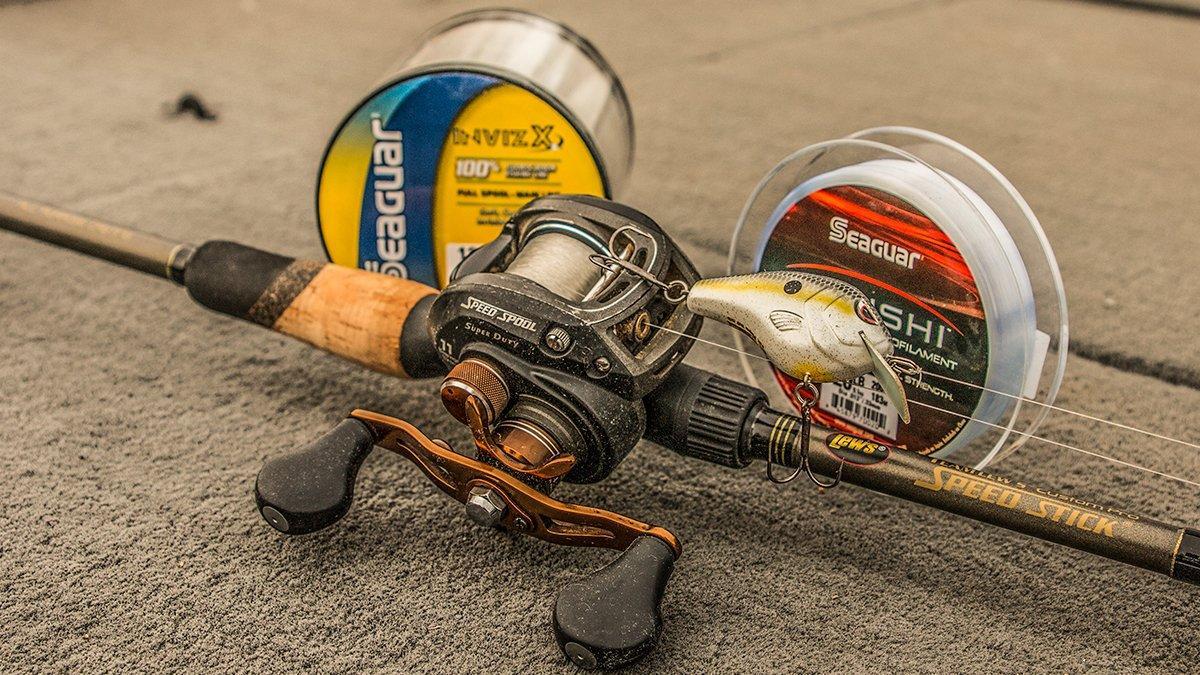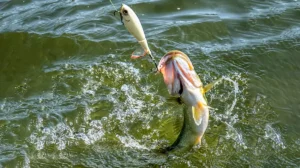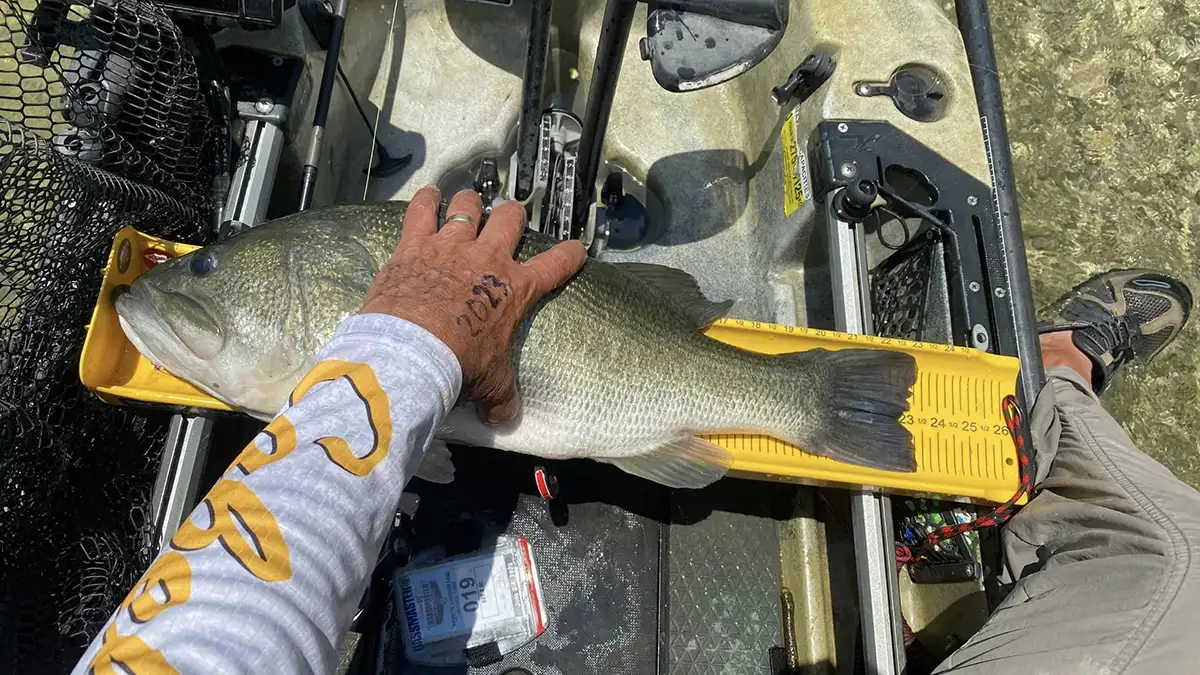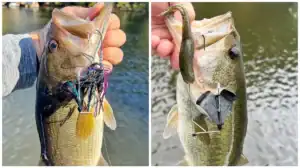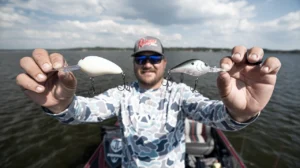I’ve received several questions lately regarding line choice for fishing crankbaits. Since it has been such a common topic over the last few months, I figured I’d make a quick post and give my personal opinion on the issue.
You’ve probably read articles or watched videos that claimed that fluorocarbon is better than monofilament and vice versa. It’s confusing to some, but my answer is somewhere in the middle: It depends on a few things, and I’ll detail those below.
I’d recommend monofilament if…
I think the fishing (and hunting) industry too often overlooks the common man. Yes, there are videos and television shows that show a bunch of anglers in shiny bass boats with 15 fishing rods laid across the front deck. There’s nothing wrong with that, but we can’t forget about the guys who have just a handful of rods.
If you’re part of the latter group and only have a few fishing rods at your disposal, I’d be more inclined to recommend monofilament line for crankbait fishing.
Lots of anglers use medium-heavy action rods for cranking and they’ll certainly do the job, but certain brands and/or models often lack the slower taper needed for a higher hookup percentage. This means that the tip of your rod will almost be too stiff.
When you’re cranking, you need some sort of shock absorption. Crankbaits are designed to collide with cover and dig the bottom, so if you’re using a stiffer rod, there’s not as much forgiveness; your plug will knock into a branch and before you know it, you’re snagged and you just broke off an expensive lure.
This is when monofilament can save the day.
Monofilament fishing line has a lot more stretch than modern fluorocarbon, so it can help compensate for the lack of “give” in your cranking setup. If your rod is a bit too stiff, you’ll actually feel your bites too quickly, in my opinion, which often results in a premature hookset before the bass has a chance to get the hooks in its mouth. Monofilament line will give you that very important split-second delay that’s needed for suitable hook penetration.
In addition, bass will often swipe at crankbaits out of pure reaction; many times their mouth won’t even be open. Again, monofilament will give you more forgiveness in this situation.
To avoid these problems without a specialized crankbait rod, I’d recommend monofilament line. I use 12-pound for flat-sided plugs and smaller squarebills, 15-pound for larger squarebills and 10-pound for most deep-diving crankbaits.
I’d recommend fluorocarbon if…
If you’re lucky enough to have a specialized crankbait rod with a softer tip, I’d recommend choosing a fluorocarbon line. I’ve been using the 7-foot, medium-action Team Lew’s Pro LFS-X5 this year and it’s just the way I like my cranking rods. It may feel like a wet noodle to some, but it gives me that shock absorption and delay I need to get those treble hooks buried.
I most often choose fluorocarbon because it’s more invisible in the water and in my experience, it’s more abrasion resistant than most monofilament lines. It does have very little stretch, but remember, my cranking rods have enough “give” in the tip to offset it.
In short, it’s a very clear give-and-take situation. If you’re working with just a few rods, don’t be afraid to grab some monofilament when you get the itch to crank. If you saved your money and bought a crankbait-specific rod, I think you’ll be happier with fluorocarbon.
I hope that answers a few questions. If you’re still confused, feel free to reach out on our Facebook page and I’ll gladly clarify anything you need.
